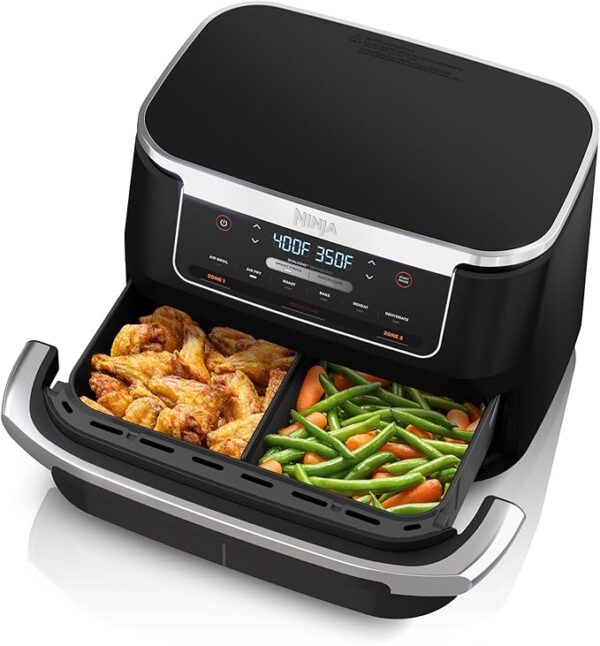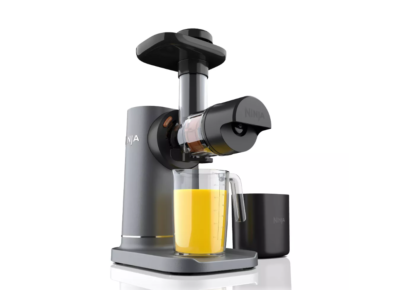A stand mixer is an appliance designed to mix, knead, whip, and beat ingredients with ease. Unlike hand mixers, which are handheld and require manual operation, stand mixers feature a stationary base with a powerful motor and a mixing bowl that locks into place beneath the mixing attachment.
Explore Our Affiliate Picks:
- Contact us at [email protected]
Why Home Chefs Need a Stand Mixer:
Effortless Mixing and Kneading: Stand mixers are equipped with powerful motors that can effortlessly mix and knead ingredients, saving time and effort compared to manual mixing.
Versatility: Stand mixers come with various attachments such as beaters, whisks, and dough hooks, allowing them to perform a wide range of tasks including mixing, whipping, beating, kneading, and even pasta making.
Consistent Results: Stand mixers ensure consistent mixing results, which is crucial for achieving uniform textures in baked goods, frostings, and other culinary creations.
Hands-Free Operation: Once the ingredients are added to the mixing bowl and the appropriate attachment is selected, stand mixers require minimal supervision, allowing the chef to focus on other tasks in the kitchen.
Large Capacity: Stand mixers typically come with large-capacity mixing bowls, making them suitable for preparing large batches of dough or batter for cakes, cookies, bread, and more.
Time-Saving: Stand mixers can significantly reduce the time required for mixing and kneading, especially for recipes that call for prolonged mixing or kneading times.
Consistency in Texture: Stand mixers ensure even distribution of ingredients and consistent mixing, resulting in uniform textures and better incorporation of ingredients.
Professional Results: Stand mixers allow home chefs to achieve professional-quality results in their baked goods and other culinary creations, making them indispensable for serious home bakers and cooks.
What to Consider When Purchasing a Stand Mixer:
Capacity: Consider the size of the mixing bowl. Stand mixers typically come with bowls ranging from 4.5 to 7 quarts or more. Choose a size that can accommodate the volume of ingredients you typically work with.
Power: Look for a stand mixer with a powerful motor, preferably 250 watts or higher, to handle tough mixing tasks like kneading bread dough or mixing dense batters.
Attachments: Check which attachments come with the stand mixer. Most models include a flat beater, wire whisk, and dough hook. Ensure the attachments are suitable for the recipes you plan to make.
Speed Settings: Consider the number of speed settings offered by the stand mixer. Multiple speed options provide versatility and allow you to adjust the mixing speed according to your recipe’s requirements.
Tilt-Head vs. Bowl-Lift: Decide whether you prefer a tilt-head or bowl-lift design. Tilt-head models allow you to tilt the head back for easy access to the mixing bowl, while bowl-lift models feature a lever that raises and lowers the bowl.
Size and Weight: Consider the size and weight of the stand mixer, especially if you have limited counter space or plan to store it in a cabinet. Choose a model that fits comfortably in your kitchen and is easy to maneuver.
Warranty: Check the warranty terms offered by the manufacturer. A longer warranty period provides added peace of mind and protection against defects or malfunctions.








